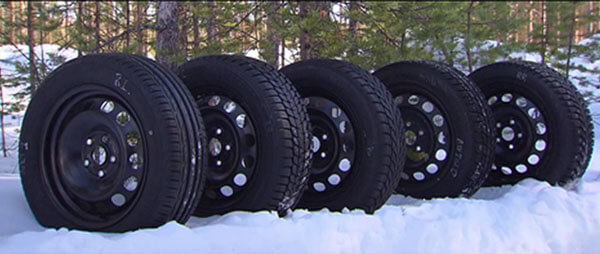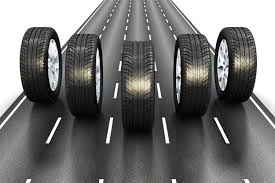Several factors are responsible to affect the health of your tyres, such as road conditions, weather, driving habits, and tyre ageing.

Among these factors, changing seasons have a vital role in affecting the performance and quality of tyres.
Therefore, most drivers like to replace their tyres according to the upcoming season.
In some countries, it is compulsory to use winter tyres Banbury in winter season whereas certain drivers change the tyres as per their own wish.
Actually, these drivers change their tyres according to the weather since they want to protect themselves from the adverse effects of seasonal changes.
Before we talk about the seasonal tyres, let us have a look at common seasonal effects.
Winter season:
Winter seasons are full of challenges and risks as a white layer of snow covers the roads.
This layer makes the surface very smooth to reduce friction. Therefore, it is never easy to maintain proper road-holding for the tyres.
Moreover, events like snowfall are always ready to test the patience of the car drivers.
Summer season:
Summer season is not favourable for the drivers with its scorching hot roads. Extreme heat is said to be the main enemy of your tyres because of increasing the air pressure.
Due to extreme friction on hot roads, tyres often face blowouts in the middle a journey.
Therefore, most drivers like to install specialist tyres in their vehicles.
Rainy season:
During the rainy season, roads are wet due to rainwater. It means you always have a risk of skidding in the rainy months.
In the scientific language, this phenomenon is called hydroplaning when a layer of water eliminates the contact between the tyre and road surface.
As a result, the tyres lose friction and the driver loses the control over the car for a couple of moments.
As you see, these seasonal conditions are not favourable for the car drivers.
Therefore, they have to choose specialist tyres according to related season.
There are three main types of seasonal tyres called winter tyres, summer tyres and all-season tyres.
Winter tyres:
Winter tyres are specially designed for the severe condition of the winter season. The tread pattern of winter tyres supports driving on snowy roads because of the increased number of sipes and deeper grooves.
The design of winter tyres makes them capable of dispersing water and holding snow effectively.
Moreover, these tyres provide optimum grip on the icy roads. It means your car is safe from skidding or hydroplaning in the winter months.
Tyre material used in winter tyres is not going to harden when the temperature is at the freezing point.
Summer tyres:
Summer tyres keep you safe on the hot road surfaces, reducing the risk of blowouts with the help of their tread design.
Reduced number of grooves in summer tyres increases the contact area to improve grip and traction on summer roads.
All-season tyres:
These tyres are said to be effective in different weather conditions. Tyre makers make these tyres with compromising the qualities of winter and summer tyres.
The design of all-season tyres is supportive if the conditions are now severe. It means you may use these tyres on slightly snowy roads but a thick layer of ice will seriously affect their performance level.
Therefore, it is really essential for you to choose your tyres Crawley according to weather conditions.
All-season tyres seem effective in moderate conditions but you have to rethink if you want to use all-season tyres during heavy snowfalls.
In unbearable weather conditions, you must use winter or summer tyres as specialists.
